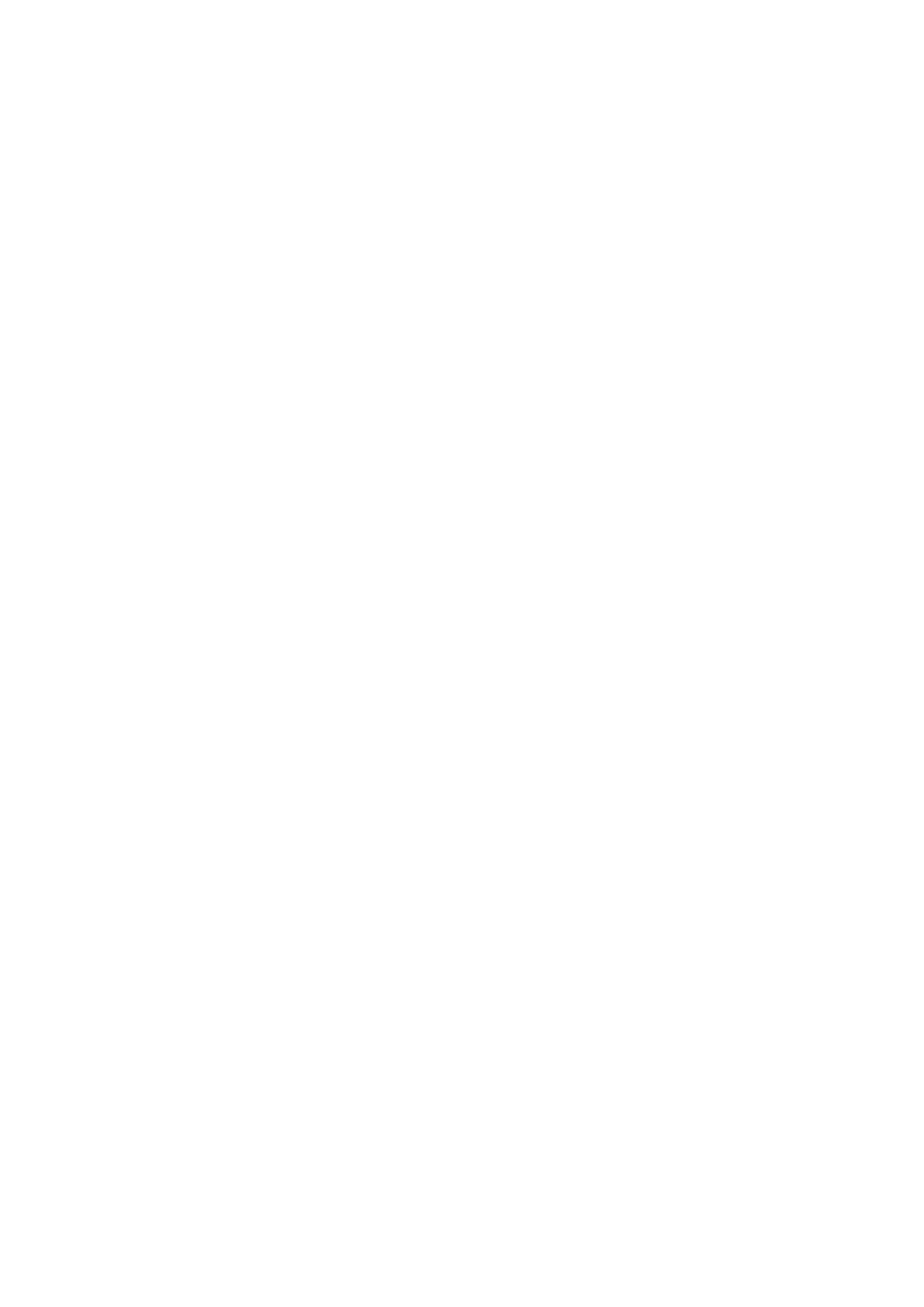
3.2 |
Development of UK strategy and options, January to April 2002 –
“axis of evil” to Crawford
163.
The Assessment
stated that Saddam Hussein recognised the “greatest risk”
was:
“… that the
Iraqi WMD programme and non-compliance with UNSCRs may be
used
to justify
a US attack to overthrow him. He would probably see a force on the
scale
of Desert
Storm (1991) as overwhelming. We judge that [if the threat of
large-scale
military
action was believed to be imminent, Saddam would permit the return
of
weapons
inspectors] …”
164.
The JIC judged
that, as “an interim fall-back position”:
“… Iraq
could try to resurrect Russian proposals to link the entry of
inspectors to a
pre-determined
timetable of sanctions-lift. But this would be no more than a
tactical
move to buy
time, not an admission of defeat … even if
inspectors were allowed
to return,
Iraq would embark on a renewed policy of
frustration,
involving
denial,
deception, obstruction and delay. Iraq would be able to conceal
from
inspectors
much of its CBW work and research on longer range missiles,
though
probably
not its missile production facilities.”
165.
The Assessment
reviewed Iraqi opposition groups and elaborated the final
Key
Judgement:
“Overall we
judge that, unaided,
the Iraqi opposition is incapable of
overthrowing
the Iraqi regime; in the present circumstances a coup
or
military
revolt remains only a remote possibility. With outside
help short of
direct
intervention on the ground, the opposition would still be unable to
succeed.
Spontaneous
mass uprisings might be more important if the regime’s
control
wavered,
but this is not in prospect; however, it might hasten the regime’s
downfall
in conjunction
with a massive US attack.”
166.
The Assessment
added:
“The
resilience of the Iraq military is uncertain; much would depend on
the particular
nature and
scale of the attack it faced and how it perceived that threat.
Though the
Iraqi
military is relatively large, well-trained and well-equipped by
regional standards
… it also
has serious weaknesses … [I]ts training and equipment is inadequate
to
face
Western forces on equal terms and it is especially vulnerable to
air power.
“The
Republican Guard (RG) and Special Republican Guard (SRG) are the
elite
… they are
better equipped and trained than the regular army. For these
reasons,
we would
expect them to be relatively resilient under attack … It [the SRG]
would
defend any
attempt to topple Saddam. In dire straits, the RG’s loyalty would
be more
open to
question. The regular army would be most liable to waver in its
support of
the regime,
or disintegrate, if subject to a strong US attack.”
415
